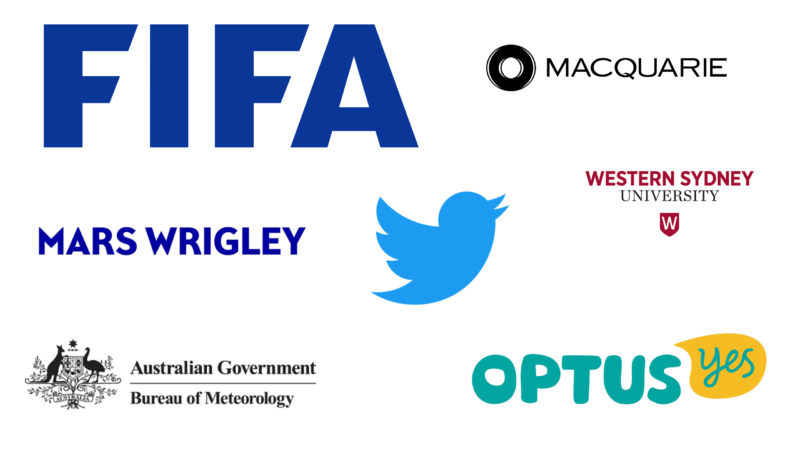Marketing’s biggest wins and losses of 2022 according to brand experts
Mumbrella’s Kalila Welch asks FutureBrand’s Rich Curtis, Principals’ Moensie Rossier and Hulsbosch’s Jaid Hulsbosch to weigh in on the winners and losers of brand marketing in 2022.
In a year that was widely heralded as chance to bounce-back from the hardships of the pandemic, marketers had the opportunity to reclaim, or relinquish their 2019 position.
According to Principals strategy director, Moensie Rossier, while many predicted “everything would be turned on its head” in 2022, the pandemic had also “equally reinforced traditions”.


